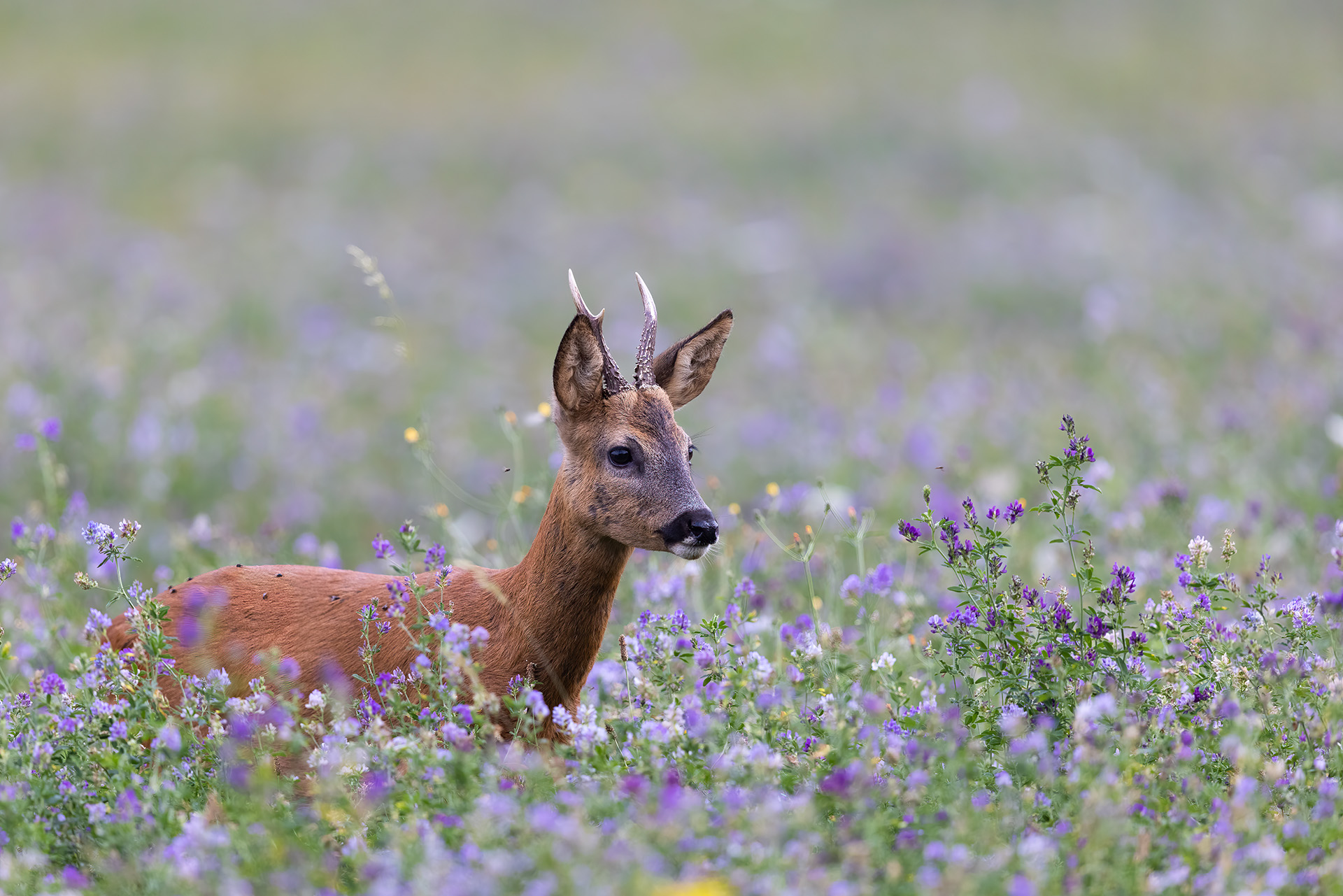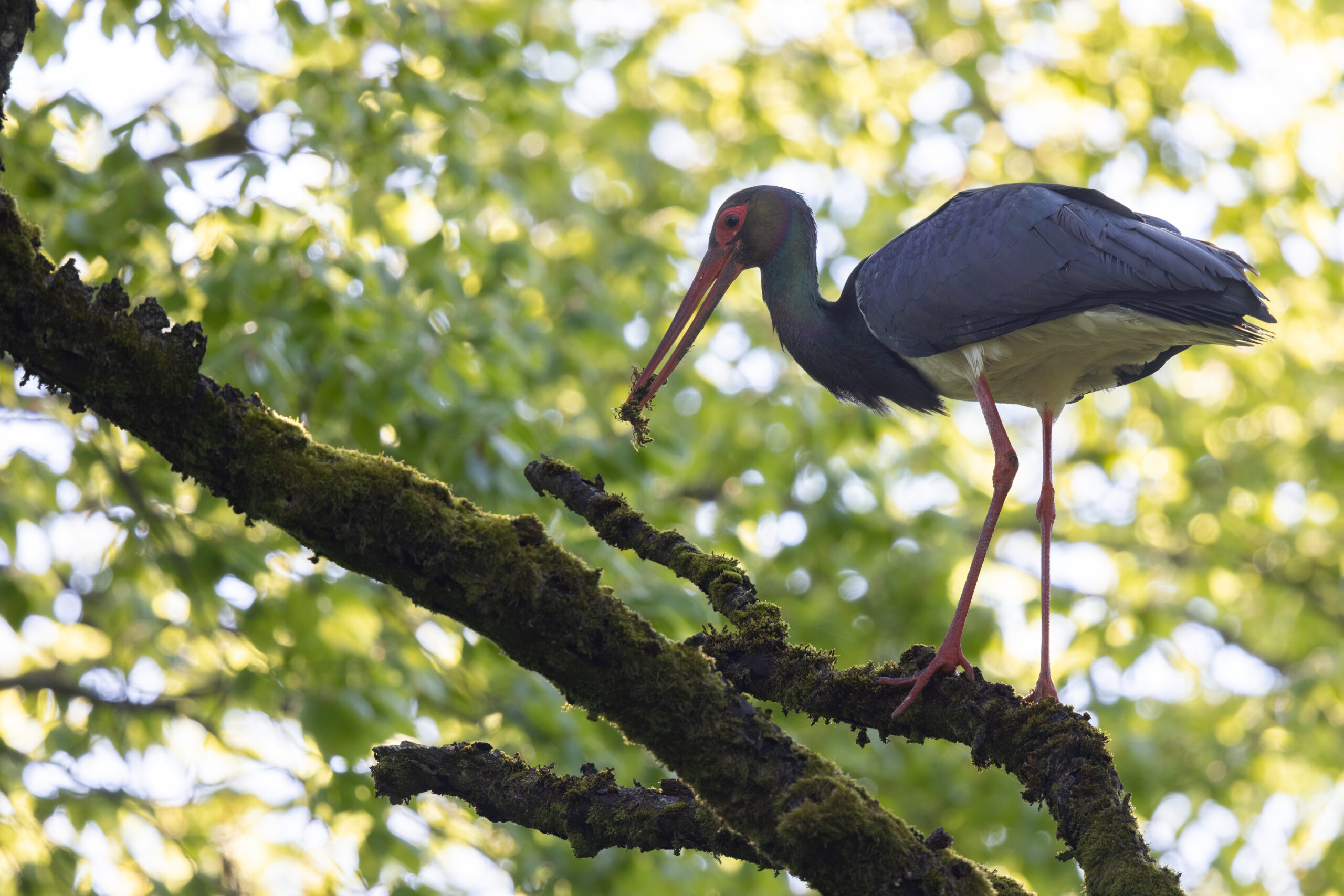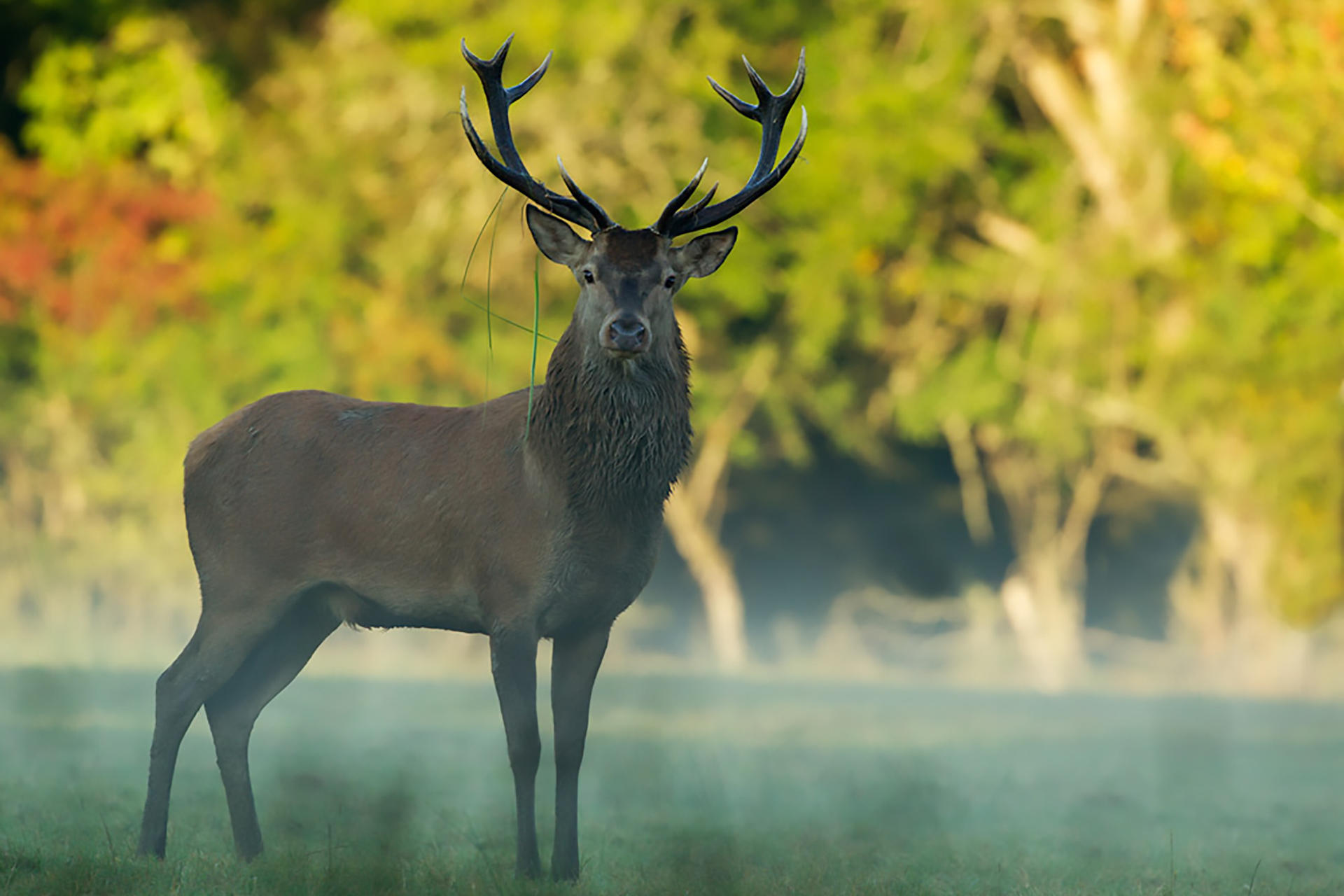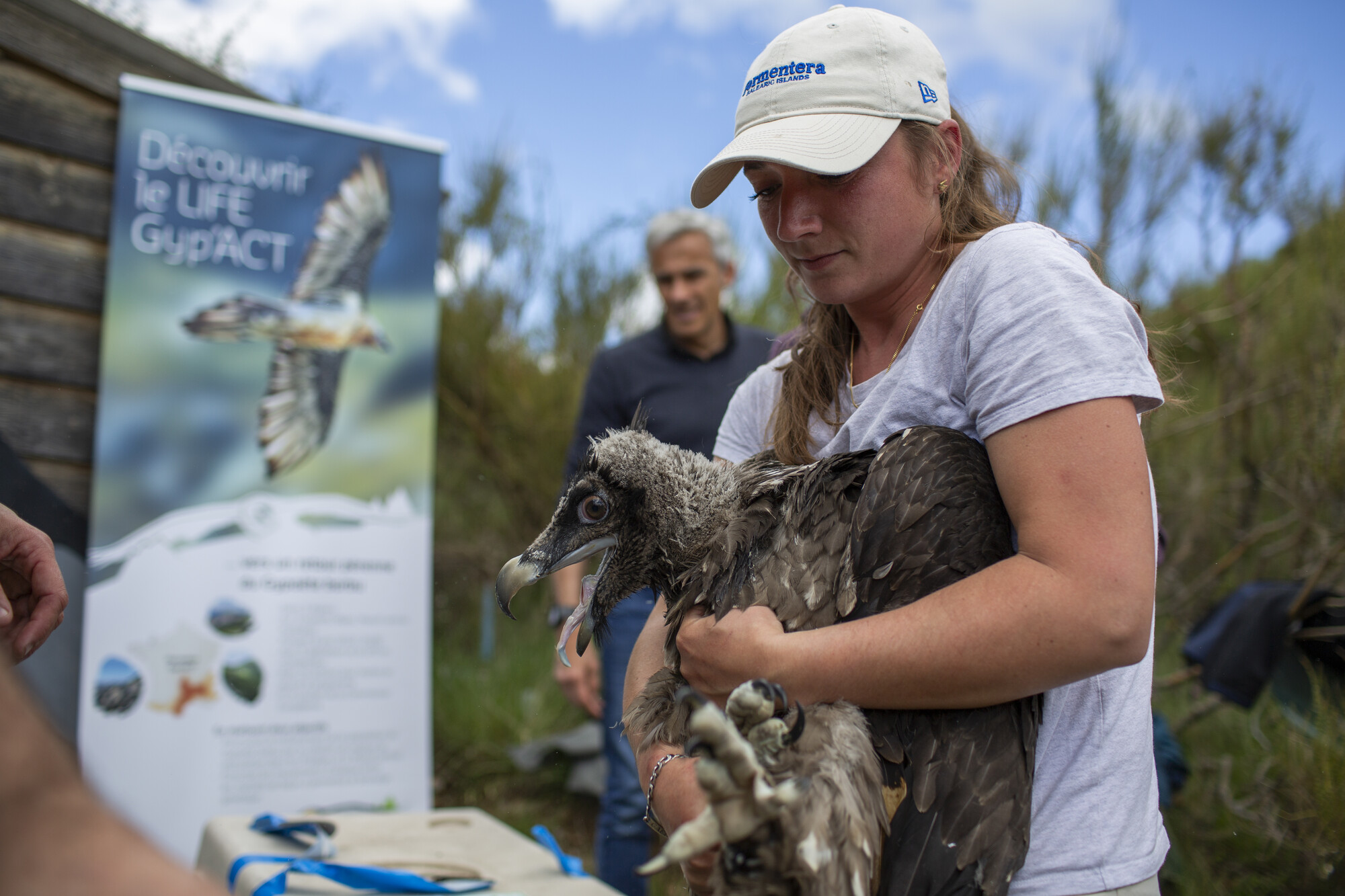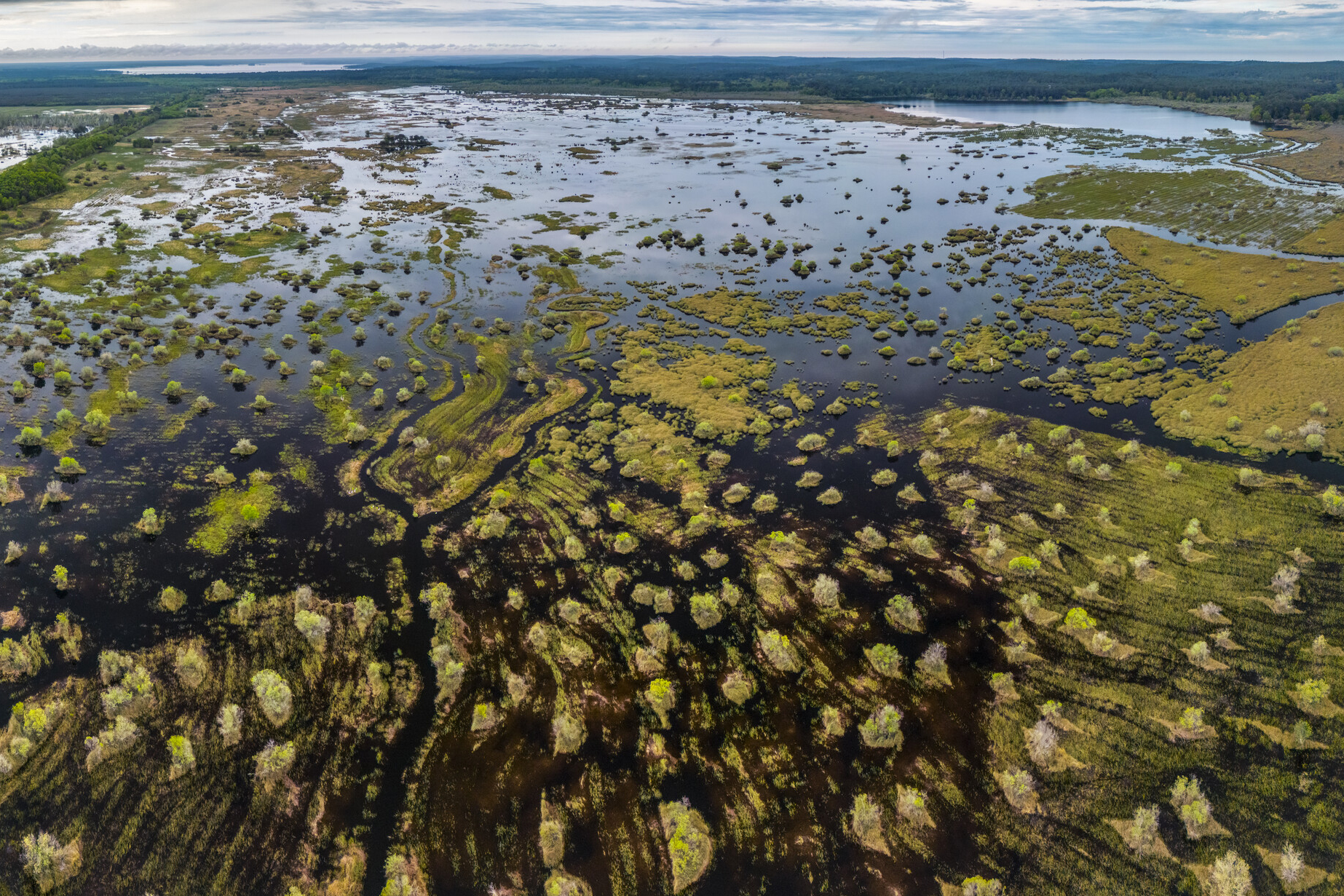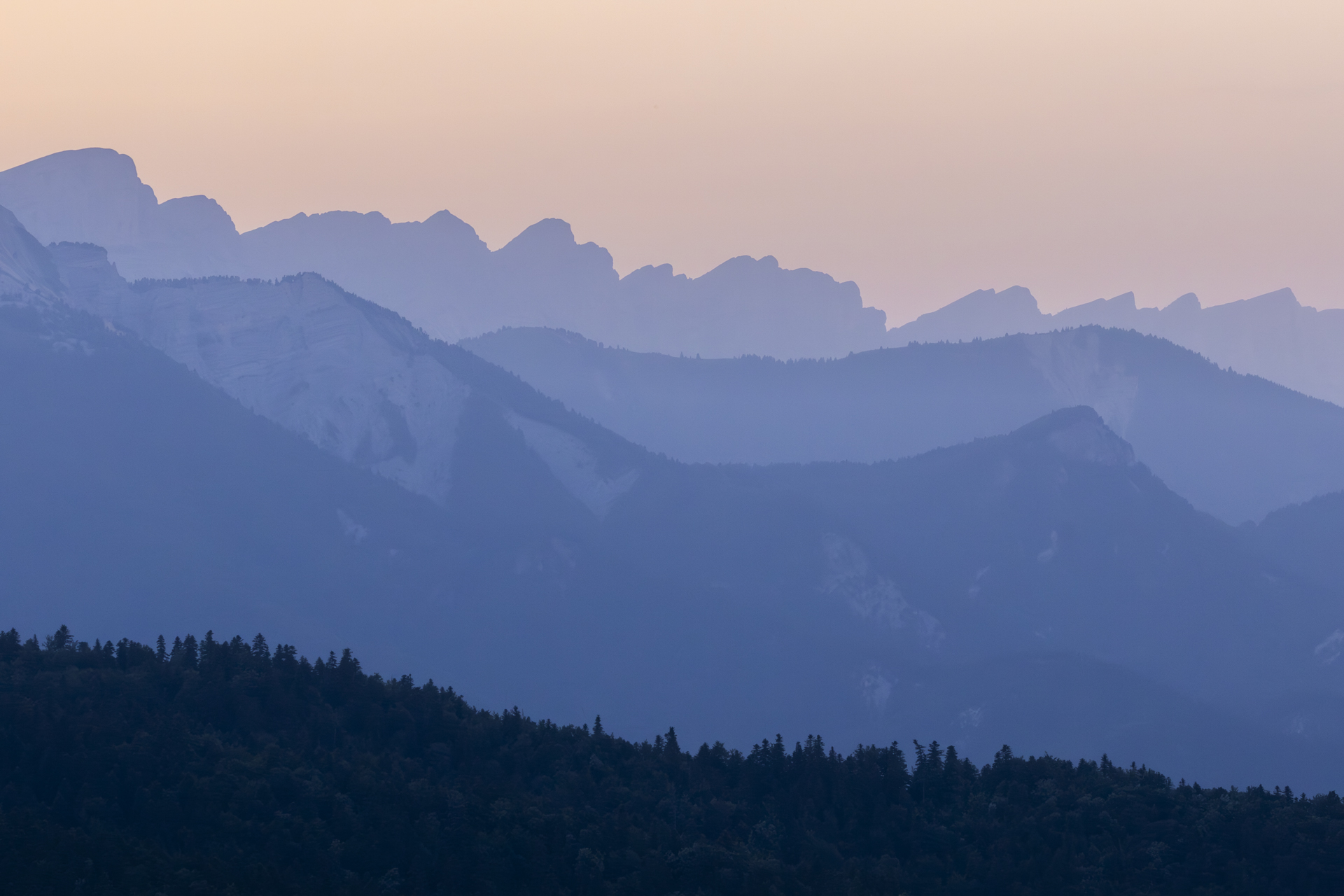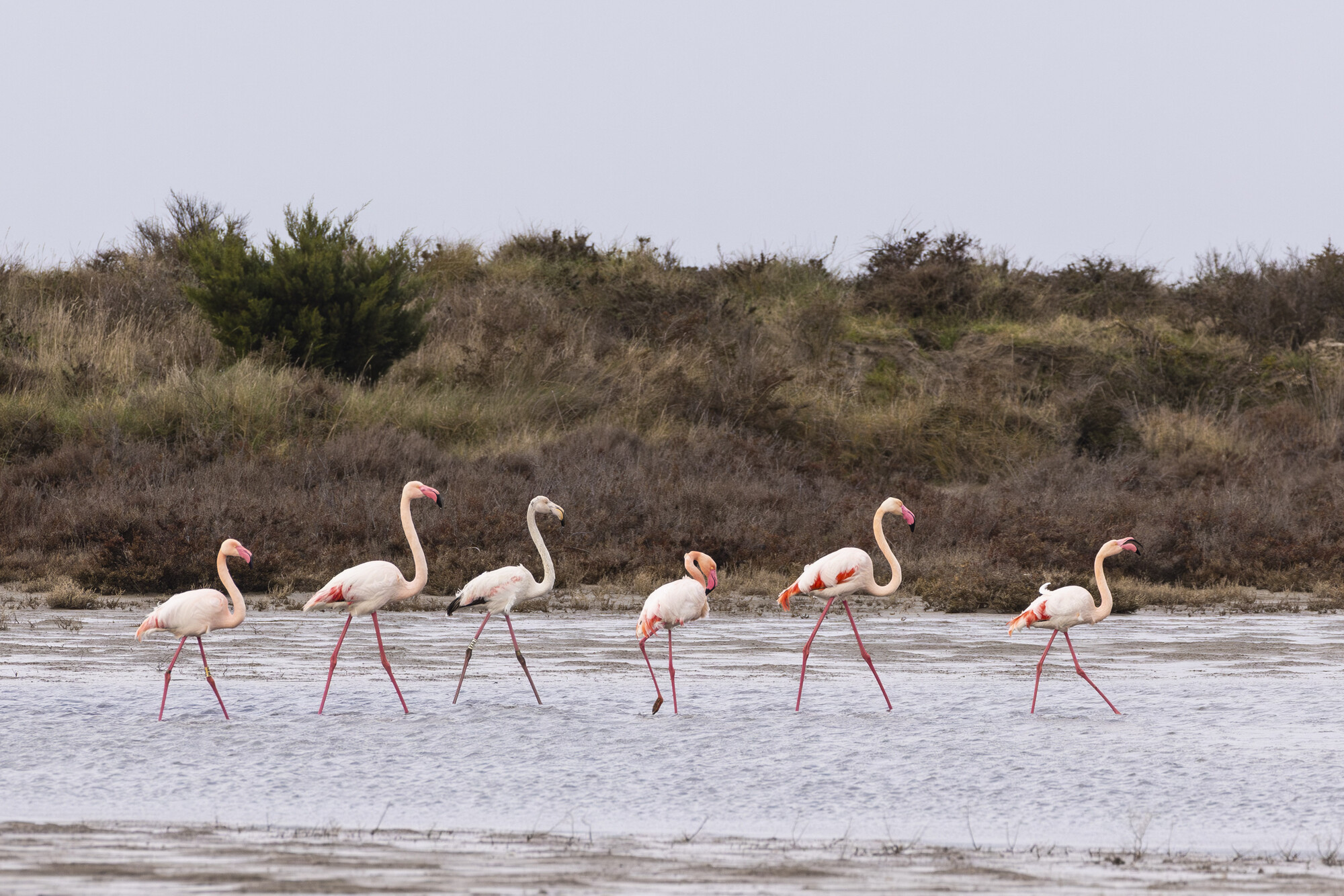Located in northeastern France, the Arc-Châteauvillain Integral Forest Reserve is naturally regenerating without human intervention. By allowing over 3,000 hectares of previously managed forest to evolve freely, the initiative is a living example of how natural processes can revitalise forests and amplify the benefits they deliver to nature, climate, and people.
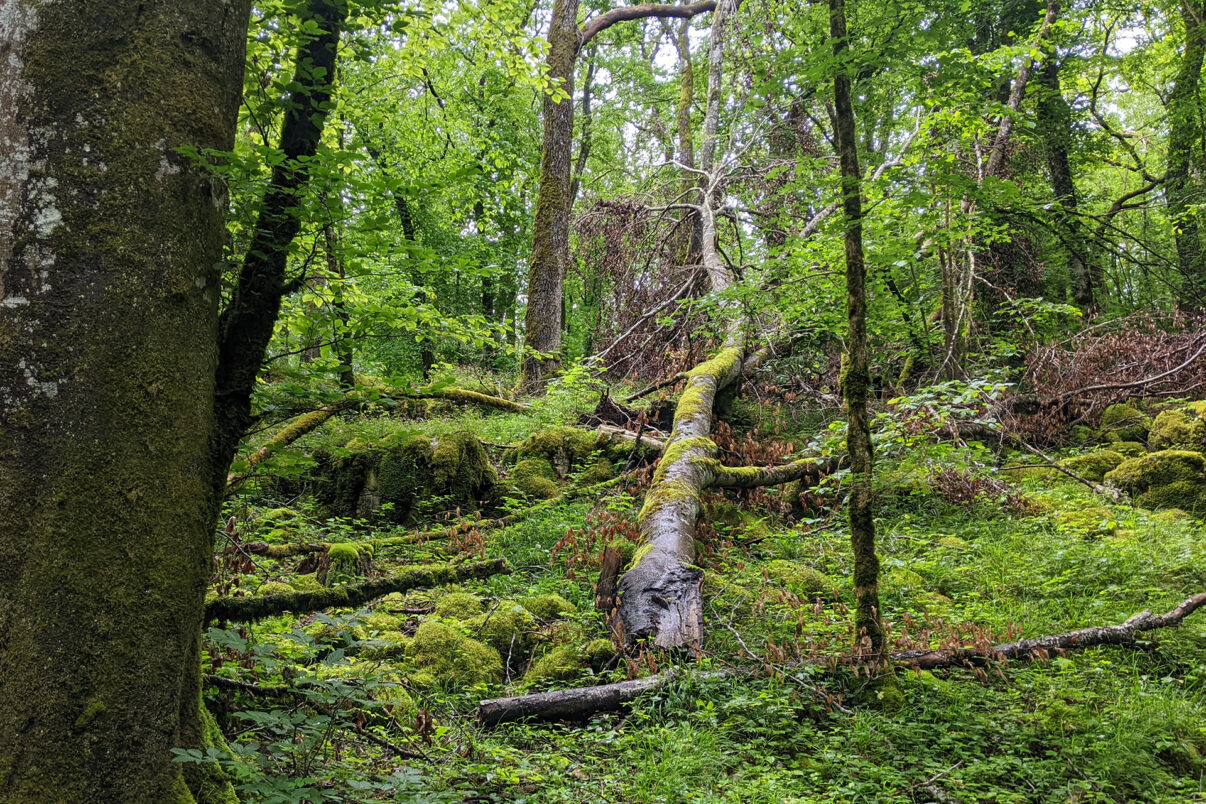
A forest rewilding role model
Rewilding Europe is delighted to welcome the Arc-Châteauvillain Integral Forest Reserve in France to its European Rewilding Network. The reserve was officially established in 2021 to protect around 3000 hectares of broadleaf woodland in the heart of France’s Forests National Park (Parc National de Forêts), which extends over 240,000 hectares between Champagne and Burgundy on the richly forested Langres Plateau. Only three hours from Paris in northeastern France, this is the newest national park in the country, the only one specifically focused on natural forests, and the closest to the French capital.
The Arc-Châteauvillain Integral Forest Reserve represents a bold step forward in French forest conservation by adopting a management approach that lets nature lead. As the largest area of natural forest in metropolitan France, it is intended to serve as a flagship site for promoting natural forest practices. While much of the woodland in the reserve had previously been subject to commercial forestry, the entire forest is now being allowed to grow wild again.
“The main aim of the reserve is to create a space where natural processes can restore the forest free from human intervention,” explains Morgan Martin, Head of the Protection Department at the Forests National Park. “As the reserve naturally regenerates it will support scientific research and serve as a reference area, helping to guide the rewilding of other similar sites in the future.”
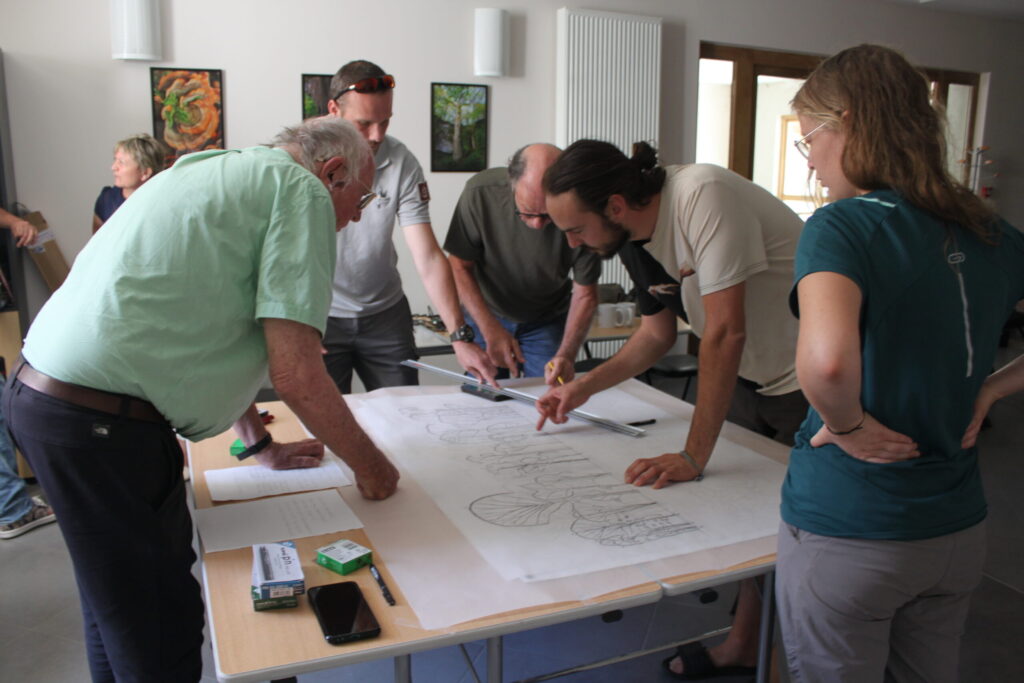
Boosting biodiversity and climate value
In contrast with traditionally managed forests, no interventions in the Arc-Châteauvillain reserve are allowed, except for the removal of branches and trees that threaten the safety of people on signed paths. This hands-off approach, which is enabling the forest to rewild naturally, is an essential component of the broader conservation strategy within the overall national park, just over half of which is forested. While hunting is currently prohibited inside the reserve, carefully managed hunting of red deer and wild boar may be permitted on a trial basis if densities of these species become too high, threatening the regeneration of the forest.
The natural regeneration of the reserve will deliver multiple benefits. It will promote more diversity in the age and composition of trees it contains, with the spread of locally adapted tree species boosting the resilience of the forest to the impacts of climate change. It will also enable the forest to lock up more atmospheric carbon and stabilise the local microclimate.
In addition, leaving fallen and standing deadwood to remain in place and decompose naturally will support the comeback of a wide range of wildlife – from insects and fungi to other plant species. The forest itself provides habitats for a huge number of species, including red and roe deer, bats, orchids, and lichens. Five to six nesting pairs of black storks – the emblem of the national park – can also be found here, representing a fifth of the entire French population.
Forests for people
But the Arc-Chateauvillain Reserve isn’t just about trees. It’s also about people, and the future of forestry in France. The establishment of the Forests National Park was the result of a decade-long political process of negotiations with farmers, hunters, town councils, and local NGOs. While many people have left the area since the 1950s looking for opportunities elsewhere, the park’s charter aims to transform the socio-economic narrative, with a local economic development plan focused on nature tourism and forestry research. In addition to its 50 million trees, the park also contains 600 kilometres of rivers and 200 kilometres of hiking trails.
While direct public access to the Arc-Châteauvillain Integral Forest Reserve is limited, it still makes a significant contribution to sustainable nature tourism in the park. Guided tours and research projects are beginning to take shape, offering low-impact immersion in this naturally regenerating space. Scientific activities are also being developed within the reserve, creating diverse opportunities for research and discovery.
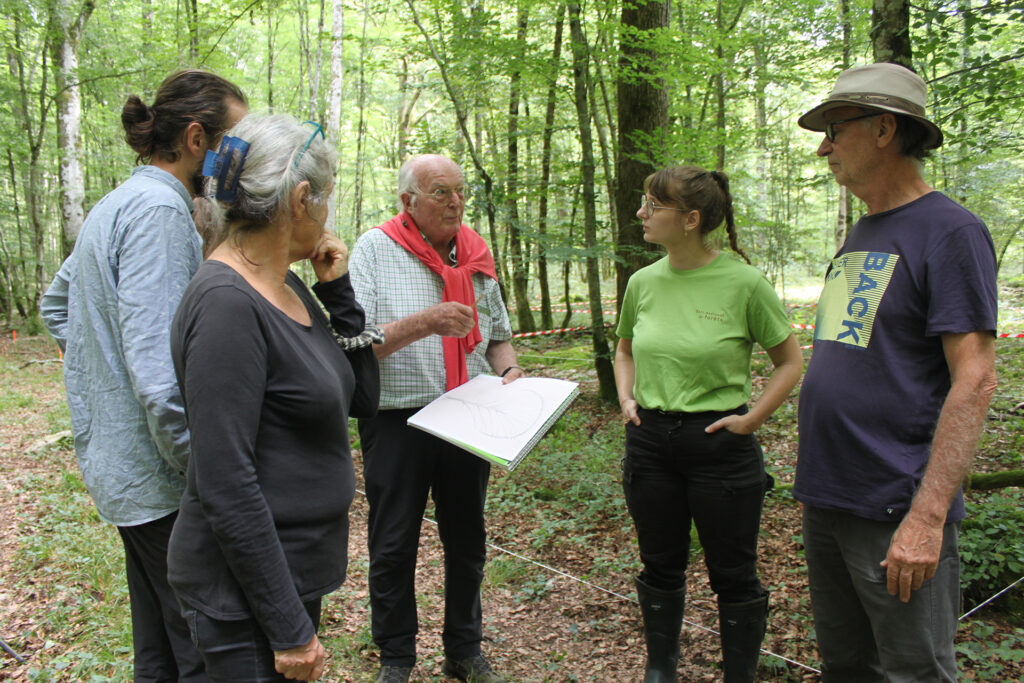
Learning from nature
The rewilding of the Arc-Châteauvillain Integral Forest Reserve offers a unique chance to learn from nature, enabling those who are studying it to gain an increased understanding of the way natural forests evolve and function. This knowledge is increasingly valuable as European forests face mounting pressures from climate change and other environmental challenges.
Moving forwards, the management authority of the Forests National Park will work with public and private forest owners to establish a network of forest reserves of different sizes throughout the park’s core area, covering a total of approximately 4,500 hectares. This will restore natural processes across a huge area of the park’s forested landscapes.
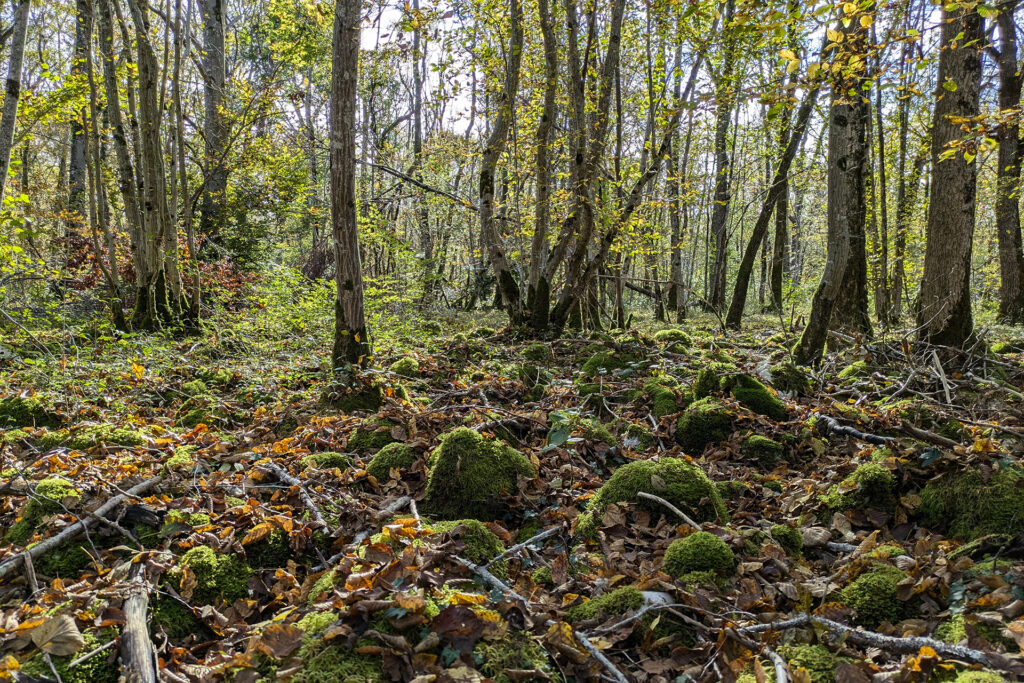
Strengthening rewilding efforts across Europe
The Arc-Châteauvillain Integral Forest Reserve follows in the footsteps of several other French rewilding initiatives that have joined the European Rewilding Network to date. It also exemplifies the gathering momentum of the French rewilding movement, with Rewilding Europe welcoming the Dauphiné Alps – which are located in southeastern France – as its eleventh rewilding landscape in June this year. A 2160-hectare integral forest reserve was established here, in the Vercors Regional Natural Park, in 2009.
The European Rewilding Network now boasts over 100 members, distributed across 29 European countries. With other members involved in the rewilding of forests, the inclusion of the French reserve will strengthen the network’s collective expertise and help those managing it in their own rewilding efforts.
“Joining the network strengthens our commitment to preserving Europe’s most valuable natural heritage through collaboration and shared knowledge,” says Morgan Martin. “Together, we can better protect biodiversity and promote more natural forests across the continent.”
The bigger picture
Today, nearly 40% of EU territory is forested. Yet the majority of these are intensively managed – many so that they yield the greatest quantity of wood. Known natural (or primary) forests account for just 0.7% of Europe’s forested area, and of these less than half are strictly protected, with many isolated and threatened by logging. What’s happening in Arc-Chateauvillain is an inspirational example of how letting nature take care of itself can breathe new life into forests and amplify the benefits they deliver.
The health of our forests is critical to addressing both climate change and biodiversity decline. As a preferential alternative to planting new trees, allowing existing forests to naturally regenerate – as is the case with the Arc-Châteauvillain Integral Forest Reserve – can help to lock up huge quantities of carbon, boost biodiversity, support livelihoods, supply a wide range of goods and services, and help to protect us from disease. This is why Rewilding Europe is letting natural forests regenerate of their own accord in many of its rewilding landscapes, aided by herds of free-roaming herbivores such as semi-wild horses, deer, and European bison.
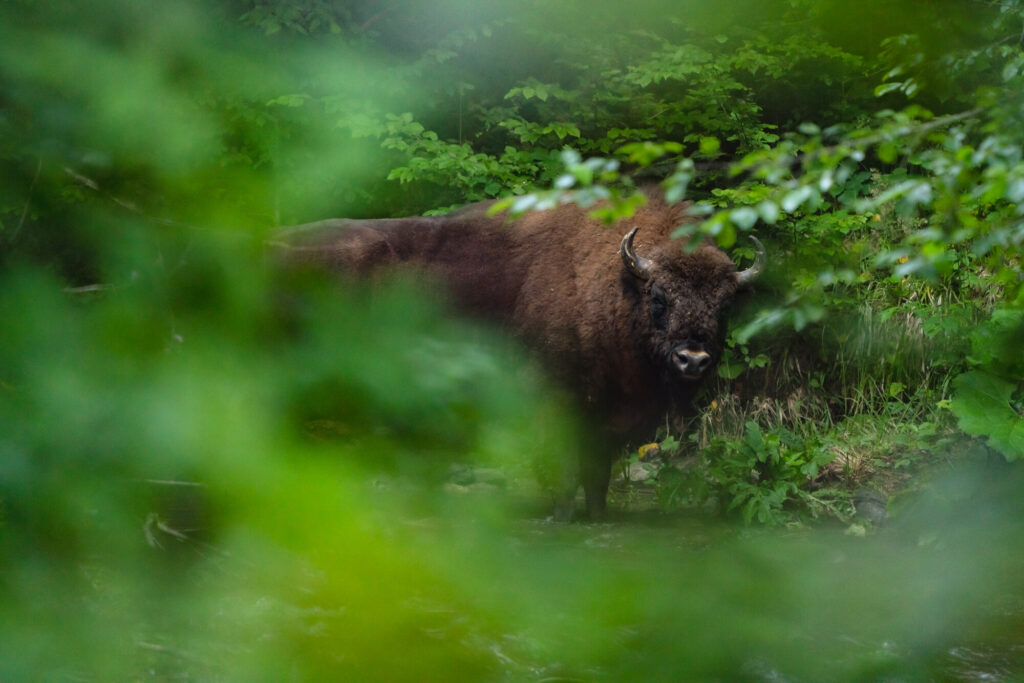
Let’s rewild together
Rewilding Europe extends a warm welcome to all European rewilding initiatives that focus on practical, results-oriented rewilding and encourages them to apply for European Rewilding Network membership.

